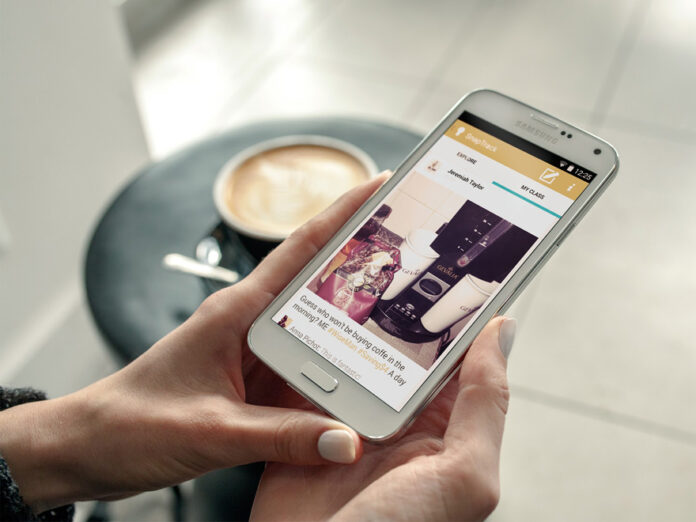Author: Core Jr
Designer: Sheryle Gillihan
Date: November 10, 2014
Link: https://www.core77.com/posts/27869/uncovering-the-power-of-the-power-user-reframing-the-success-of-a-mobile-app-27869
Moneythink Mobile is a financial literacy app program for urban, low-income high school students designed by CauseLabs, whose business’s expertise is in technology and science to help non-profit organizations. Unfortunately, this program didn’t quite succeed from the start, but this reading is not about that. Core Jr mentions that with a rise of new apps being sent out, users only opening an average of 20-30 apps with apps as successful as gmail only having 11% engagement rate. Moneythink Mobile had to face the harsh reality of many app developers with out of 80% of their pilot group, only 4% completed all nine challenges. But this did not discourage them as they had systems to measure qualitative data from that 4%. With human-centered design tests with IDEO.org being sent to classrooms, they were able to receive direct feedback.
Outcomes of the feedback:
- The app needed to be cross-platform compatible: Pilot was limited to only android users and although it hit their aimed demographic, they later noticed that iPhone users were more active on the program
- Students engaged more with photo-based challenge
- Students enjoyed interacting with strangers: Originally, Moneythink Mobile limited posts students could see to those in their class, but found out that students actually enjoyed interacting with students outside of their classroom
Analysis
Although this testing doesn’t necessarily highlight the features of this app, it does give a preset to understanding the difficulties that might come up with developing an educational app for financial literacy for students. We understand that they inform their students strategies on how to budget, save, and build credit through students communicating with each other through a social media-like platform in a shape of a classroom. But we learn here that not all apps become successful and an app might not even be a valid decision when people’s phones are already filled with content for other “necessary” apps. Additionally, even if we do not go in that direction, interaction, immersive experience, and photo based engagement are shown to be highly necessary for this project.




